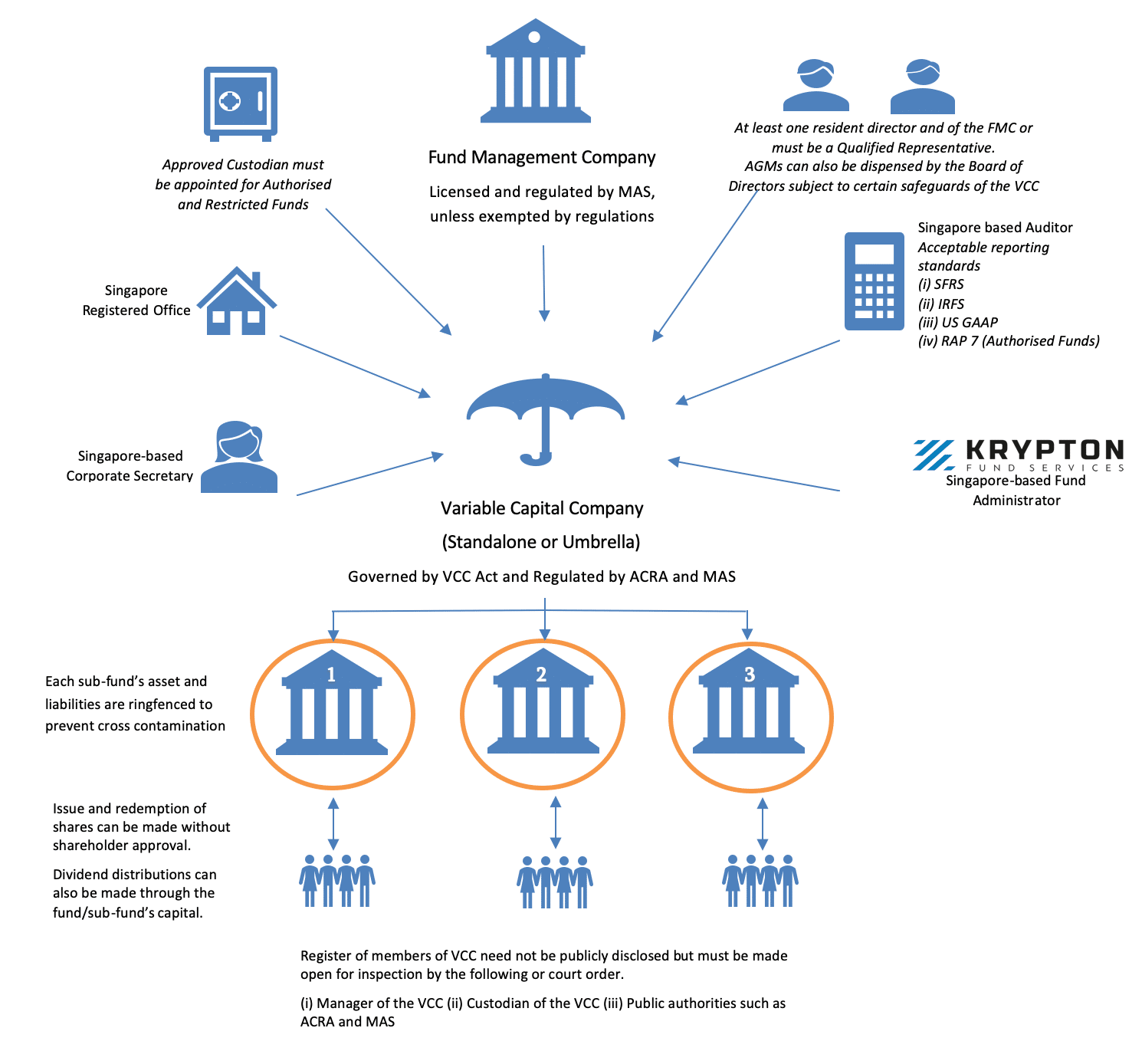BACKGROUND
A hedge fund is a private investment vehicle that pools capital from various types of sophisticated investors utilizing an investment strategy to generate a superior return for a given level of risk or non-correlation of absolute returns with traditional assets. The assets held are dependent on the strategy of the fund but are almost limitless in their range and governed by the Private Placement Memorandum. The sophisticated investors, while seeking alpha, will also have specific liquidity expectations in terms of subscribing or redeeming for shares when investing in the hedge fund. The Investment Manager must understand the dynamics between the fund’s risk-return profile, liquidity of its investments, and its redemption policy to ensure that no liquidity mismatch can occur should redemptions be submitted. The portfolio must offer sufficient liquidity to return cash to the investor.
This risk was evident in the global financial crisis of 2008 where unexpected changes in market conditions, along with significant demands for liquidity, resulted in many managers unable to meet redemption requests.
WHAT IS A LIQUIDITY MISMATCH?
In order to achieve superior returns, a fund’s investment strategy may involve the purchase of specific securities that are illiquid due to its infrequent trading activity or subject to legal restrictions on transferring the security to a third party. These factors may result in the inability to sell such securities quickly or make it difficult to accurately quantify the value of such securities at a point in time, thus making it difficult to determine the real value of a redeeming investor’s share of the Fund. A liquidity mismatch may occur if the Fund is unable to generate sufficient cash either through liquidation of assets or utilization of credit lines to satisfy the Fund’s obligations, including settlement of Investor redemption requests. A Fund cannot meet its liabilities as they become due driven by a failure to align the Investor’s liquidity rights to the Fund’s underlying portfolio liquidity. Such a mismatch may adversely impact the performance of the Fund if not managed diligently. It may also risk leaving the remaining investors with an increasingly illiquid asset pool, thereby not treating all investors on an equal basis. Easy right?
Krypton Fund Services (Bermuda) Ltd. (‘Krypton’) has worked with a variety of fund structures and provided many solutions for funds. Krypton’s best Practice Recommendations for dealing with liquidity mismatch is detailed below.
KRYPTONS BEST PRACTICE RECOMMENDATIONS FOR INVESTMENT MANAGERS
- Start-up planning and high-quality documentation – throughout the drafting of the Fund’s offering documentation, it is critical to assess all potential events and incorporate the corresponding operating mechanisms into the documents to minimize funding liquidity and market liquidity risks. The Fund’s administrator, who has worked with a multitude of Managers in operating their funds, should be involved in this process as their expertise gained through experience will be vital in assessing the practicality of the requirements written within the Fund’s offering documentation. Proper documentation, structuring, and knowledge throughout the drafting phase will minimize issues when and if these mechanisms need to be enacted during the Fund’s operations.
- Periodic documentation review -The Fund’s constitutional documents need to be reviewed periodically to ensure the documents accommodate any changes in the investment strategy of the Fund or any changes in the requirements of the investors.
- Timely communication -Sophisticated investors who invest in asset classes with potential liquidity issues appreciate timely and transparent communication outlining when these mechanisms will be initiated. The Fund’s administrator will be able to assist in this process to ensure adherence to proper governance.
- Utilization of a liquidity management framework -The framework objective is to ensure the liquidity characteristics of the Fund’s underlying securities align with the Fund’s financial obligations. The framework should include appropriate policies,
procedures, strategies & limits, diverse mix of existing and potential fund sources, commensurate level of liquid securities relative to cash flow requirements, robust liquidity risk measurement, monitoring, stress testing, and reporting.

Break content is up there

